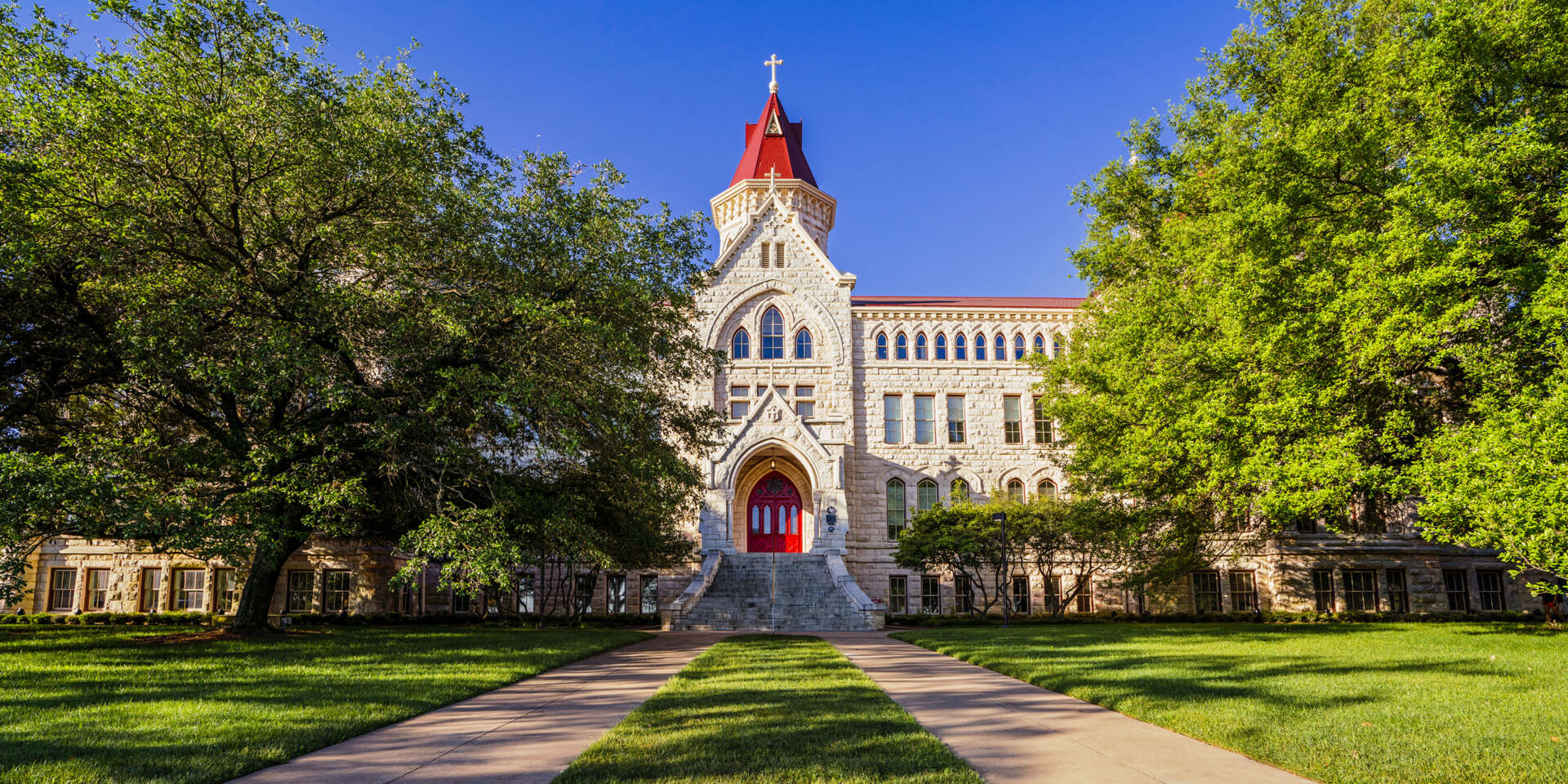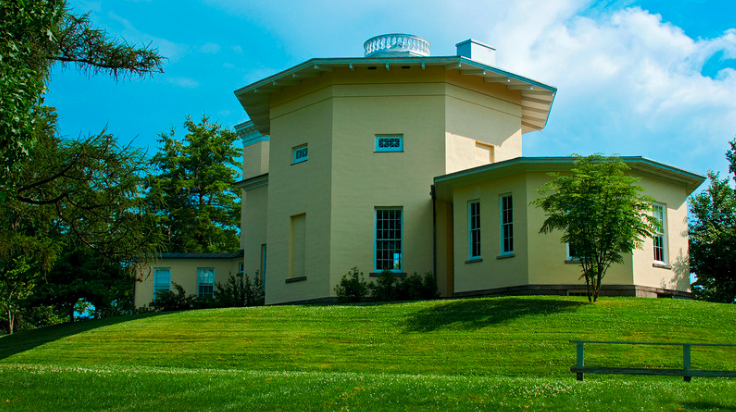
Octagon Observatory at Amherst College
Amherst College will release its Regular Decision admissions notifications to applicants on Friday, March 17, at 6:21 p.m. US Eastern Time (corresponding to 18:21 on the twenty-four-hour clock in order to pay homage to 1821, the year of Amherst’s founding). These decisions will be posted on the applicant’s online Application Status Portal. Earlier this week, applicants received an email alerting them to the date, time, and manner of the decision release. Decisions options include Admit, Wait List or Deny.
The Regular Decisions notifications come as Cate Granger Zolkos, Amherst College’s Dean of Admission, also shared news about its overall Class of 2027, members of whom will begin their studies at the selective liberal arts college late this summer.
Overall, Amherst received more than 12,700 applications for first-year entry and it admitted only 9% of these applications. Admitted students hail from 54 countries around the world, 49 U.S. states, and Washington, DC.
Meanwhile, 38% of Amherst’s admitted students opted to not have their test scores considered as part of their application.
During the previous admissions cycle, that which took place during the 2021-2022 school year, Amherst received a record 14,800 applications and posted a 7% acceptance rate.
Those Students admitted Regular Decisions this cycle will find information on their Application Status Portals about Amherst’s Be A Mammoth program, a series of opportunities to engage with the Amherst College community and other admitted students, and receive instructions on responding to an offer of admission by the college’s May 1 response deadline.
Those applicants receiving a decision of Wait List will be given the option of electing to remain active on the wait list or declining that offer by submitting Amherst’s Wait List Response Form, found on their Application Status Portal. Students who have been denied admission will receive a message of Amherst’s deep appreciation for their interest in Amherst and the considerable time and effort they devoted to the preparation of their application for review.
Amherst College is a private liberal arts college located in Amherst, Massachusetts. The college has a total undergraduate enrollment of around 2,000 students, and its campus covers 1,000 acres.
Academically, Amherst is known for its strong emphasis on undergraduate education and its commitment to intellectual inquiry. The college offers more than 850 courses across 38 departments, and all students are required to complete a senior thesis or project. Amherst has a student-faculty ratio of 7:1, and the average class size is around 16 students. The college is a member of the Five Colleges consortium, which allows students to take courses at four other colleges in the area.
Amherst is also known for its diverse student body and its commitment to inclusion and equity. The college has a need-blind admission policy and meets the full demonstrated financial need of all admitted students. In recent years, Amherst has made a concerted effort to increase the diversity of its student body and faculty. The college’s teams compete in the NCAA Division III.
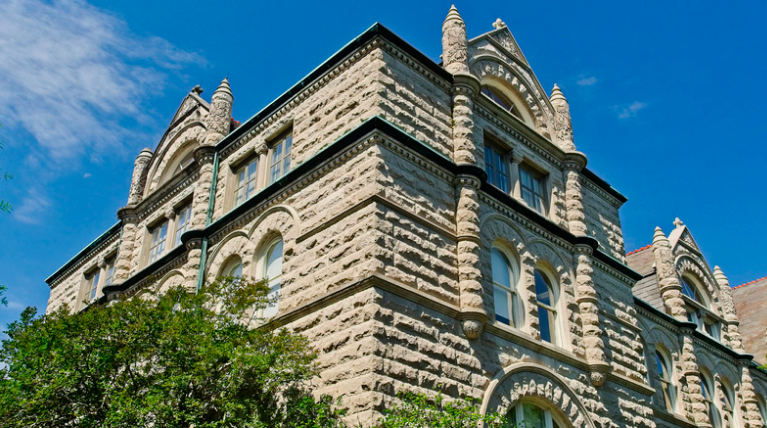
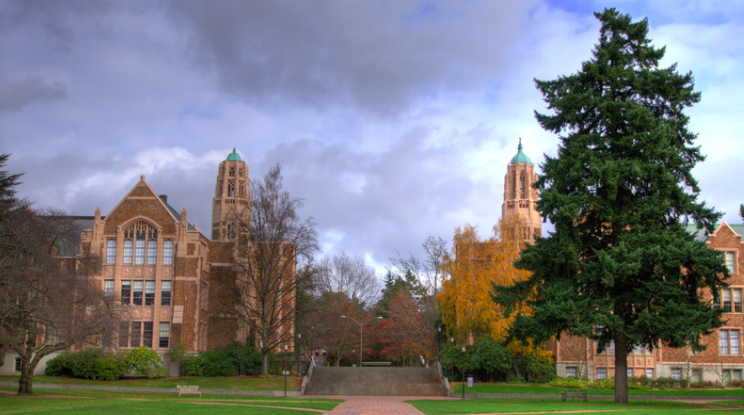

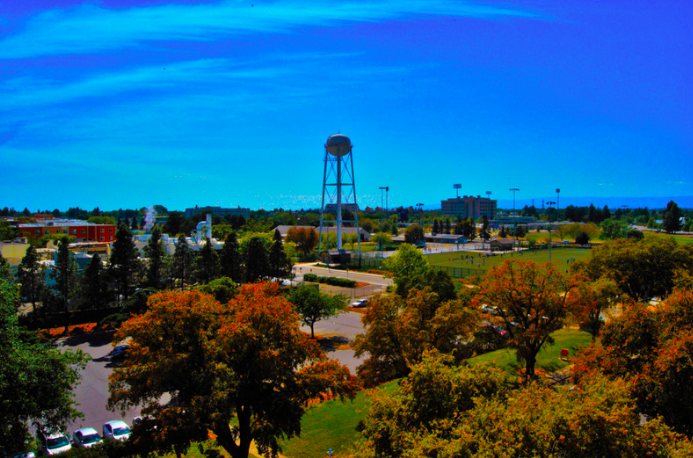

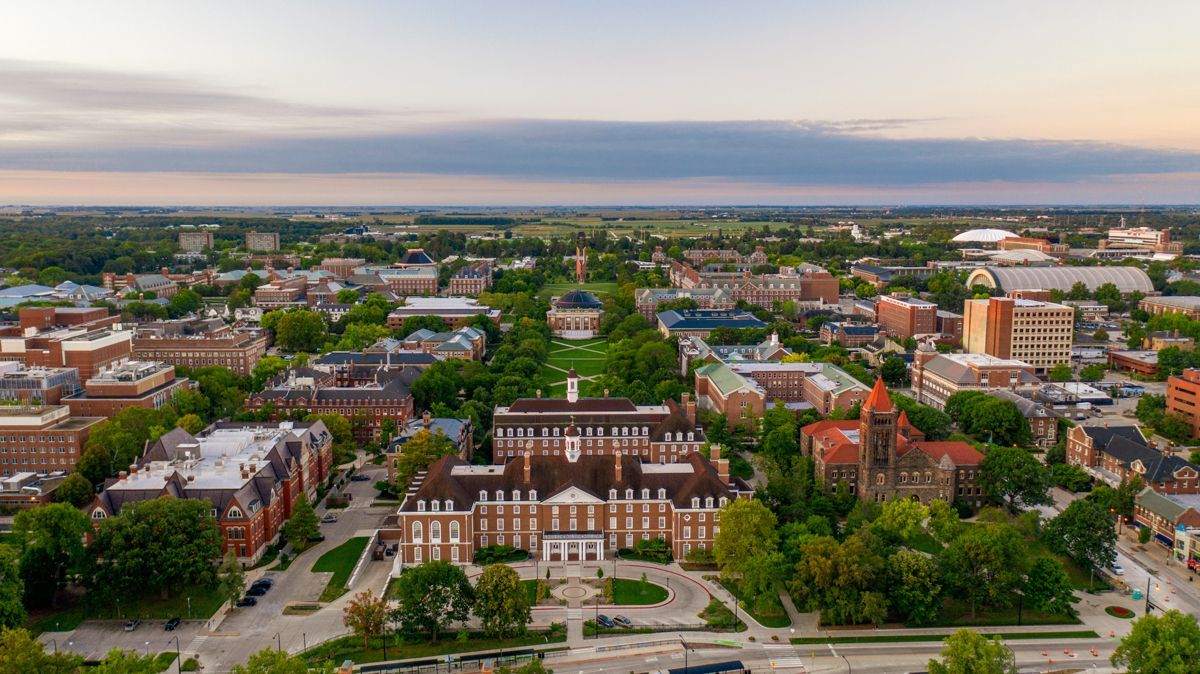

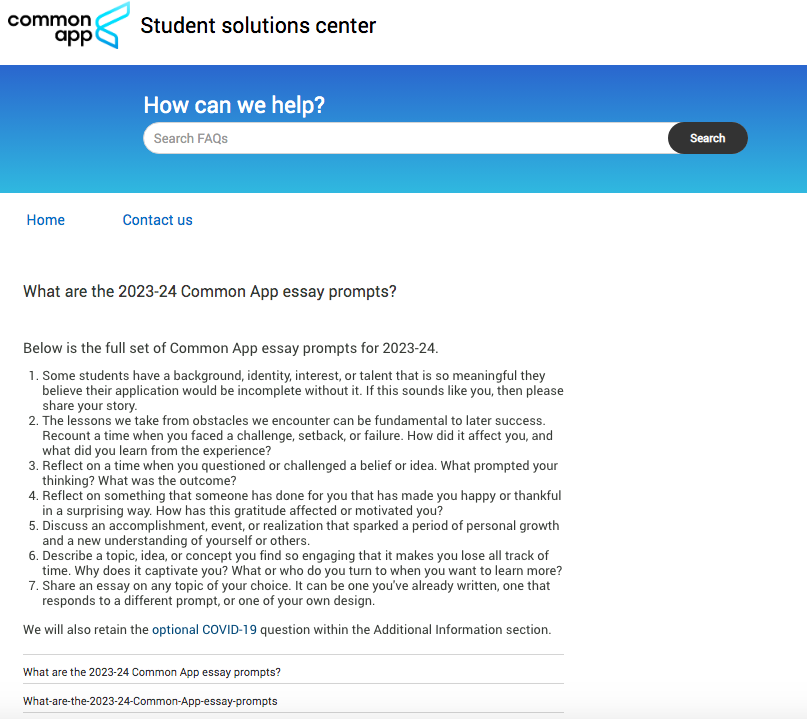

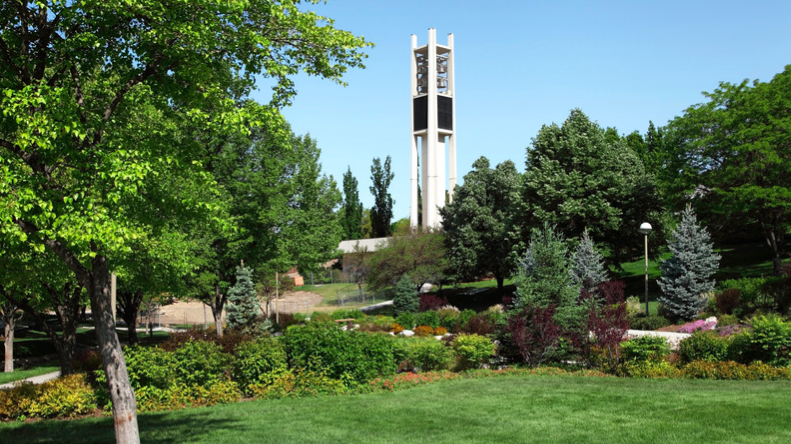
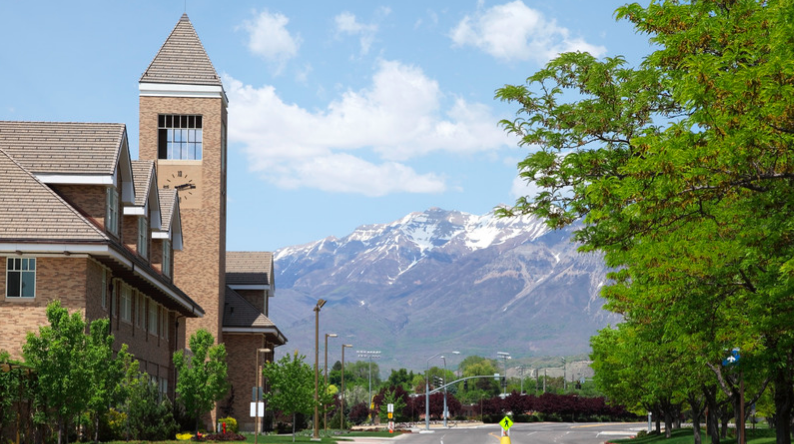
 Boston University admissions officers are just about as busy this year as they were last year after receiving 80,484 applications during the 2022-2023 admissions cycle. During the 2021-2022 admissions cycle BU received a record-breaking 80,797 applications from prospective first-year students.
Boston University admissions officers are just about as busy this year as they were last year after receiving 80,484 applications during the 2022-2023 admissions cycle. During the 2021-2022 admissions cycle BU received a record-breaking 80,797 applications from prospective first-year students.
 Health and fitness are broad fields encompassing a variety of roles, jobs, and specialties. As an exercise science major, you build a vast but flexible foundation that can be tailored to suit secondary interests. This major provides a solid foundation for helping children and adults form healthy mindsets toward food and fitness.
Health and fitness are broad fields encompassing a variety of roles, jobs, and specialties. As an exercise science major, you build a vast but flexible foundation that can be tailored to suit secondary interests. This major provides a solid foundation for helping children and adults form healthy mindsets toward food and fitness. What Can I Do with an Exercise Science Degree?
What Can I Do with an Exercise Science Degree?
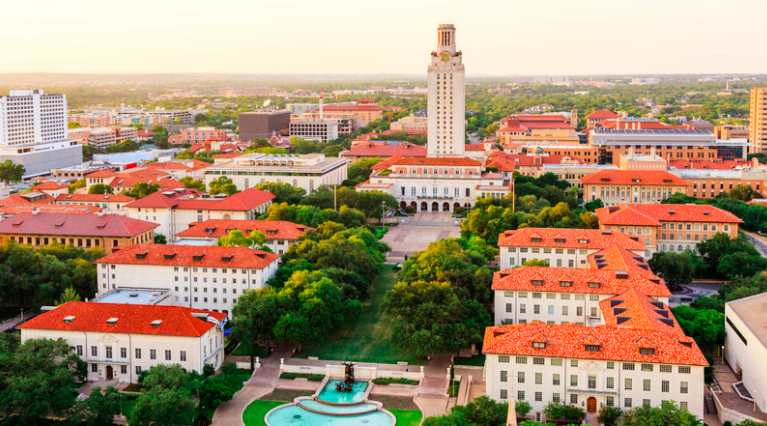
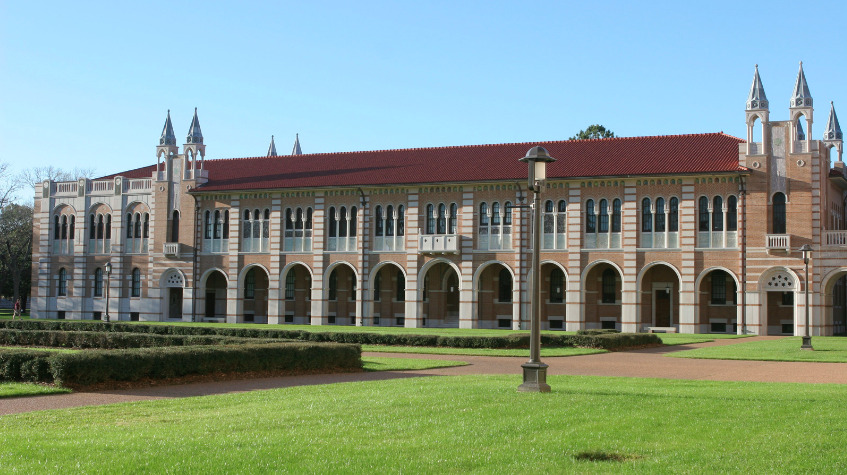
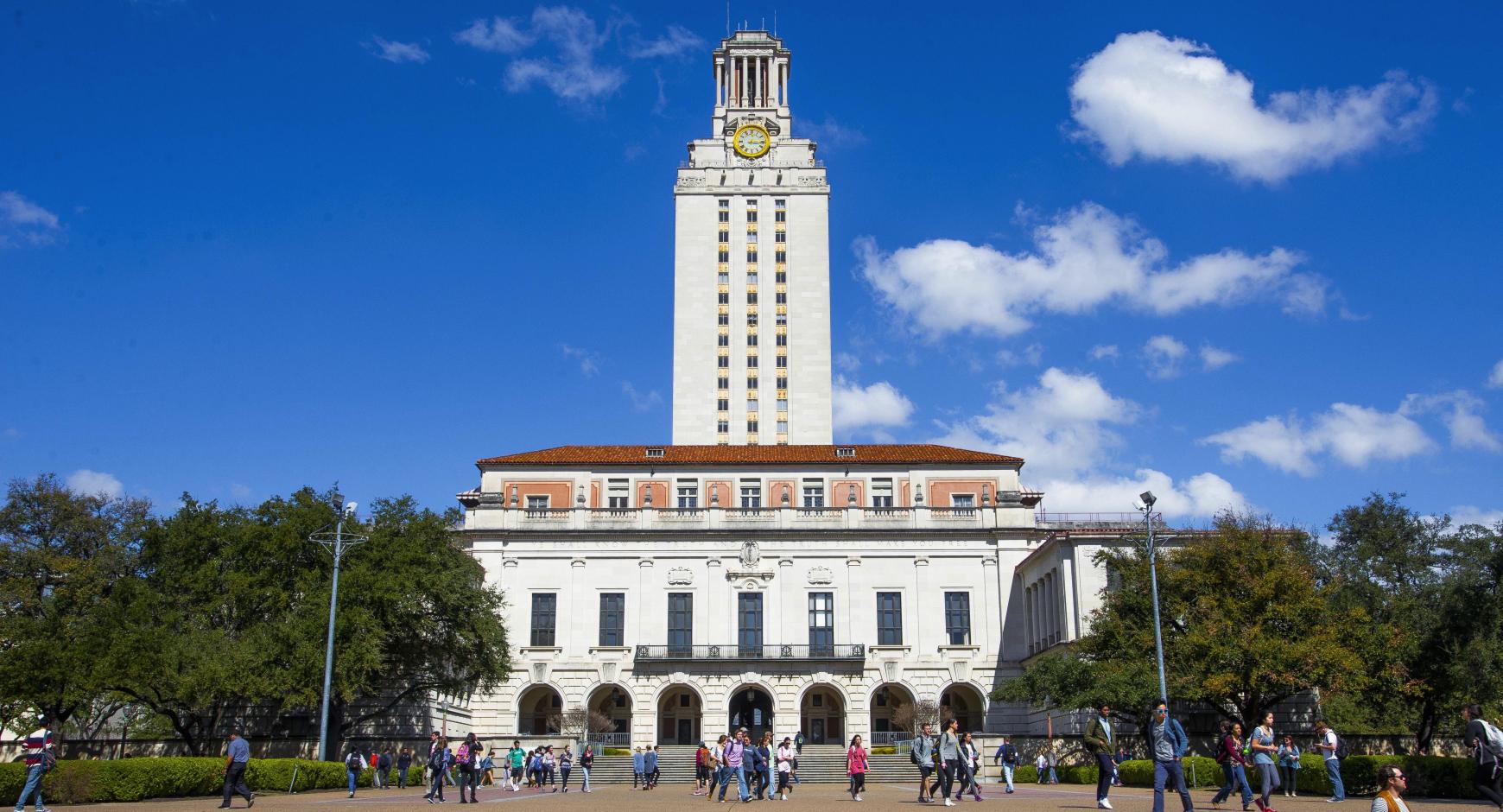
 Texas A&M University
Texas A&M University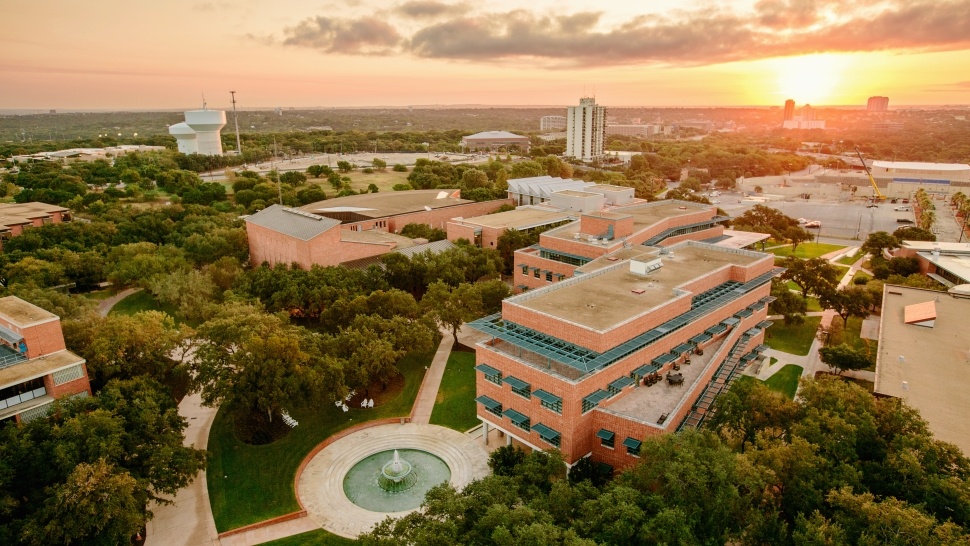


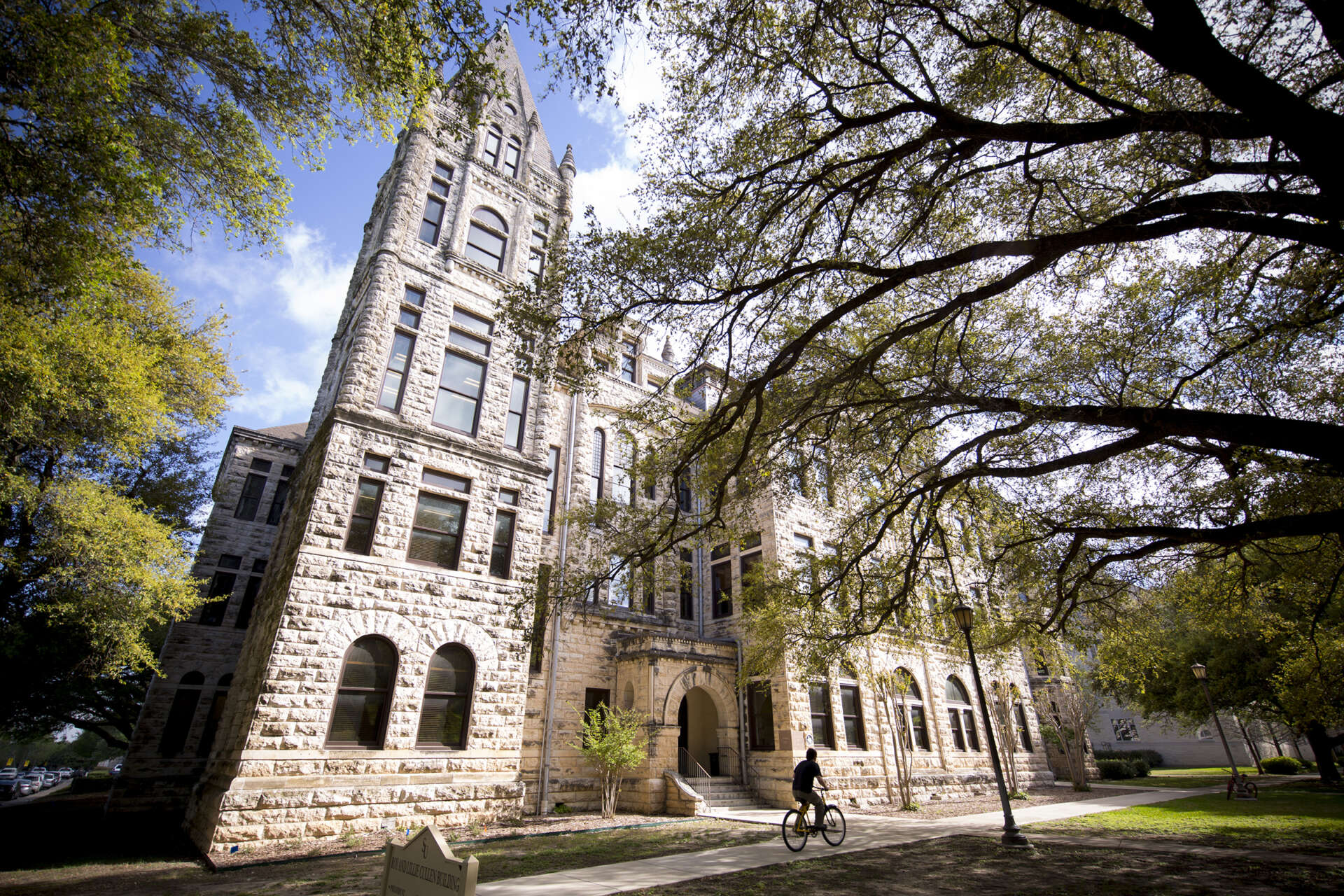
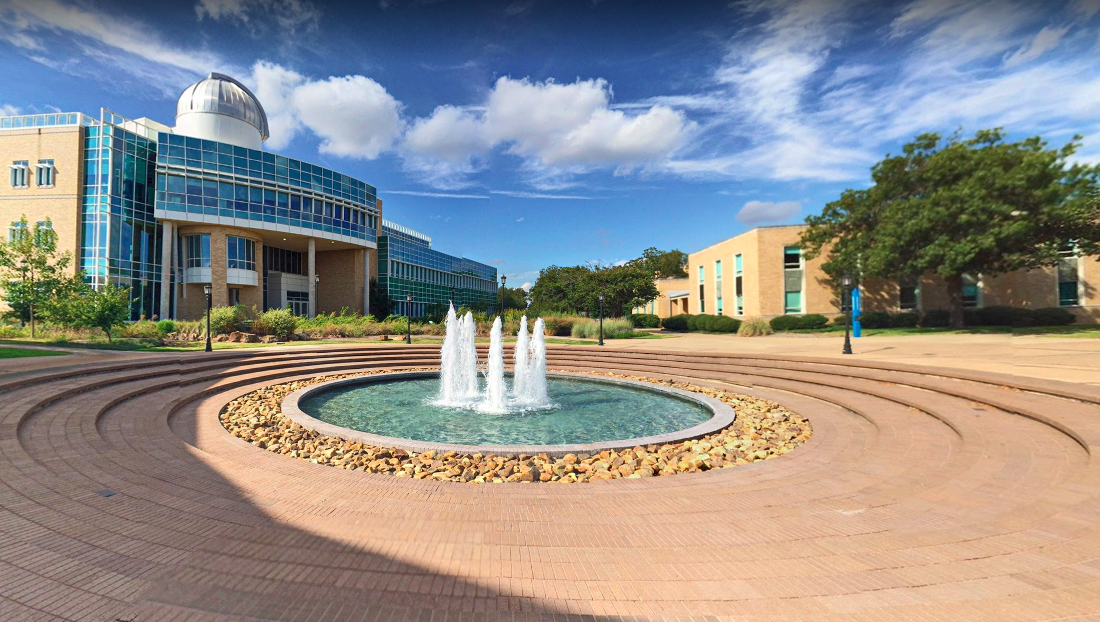
 The
The 